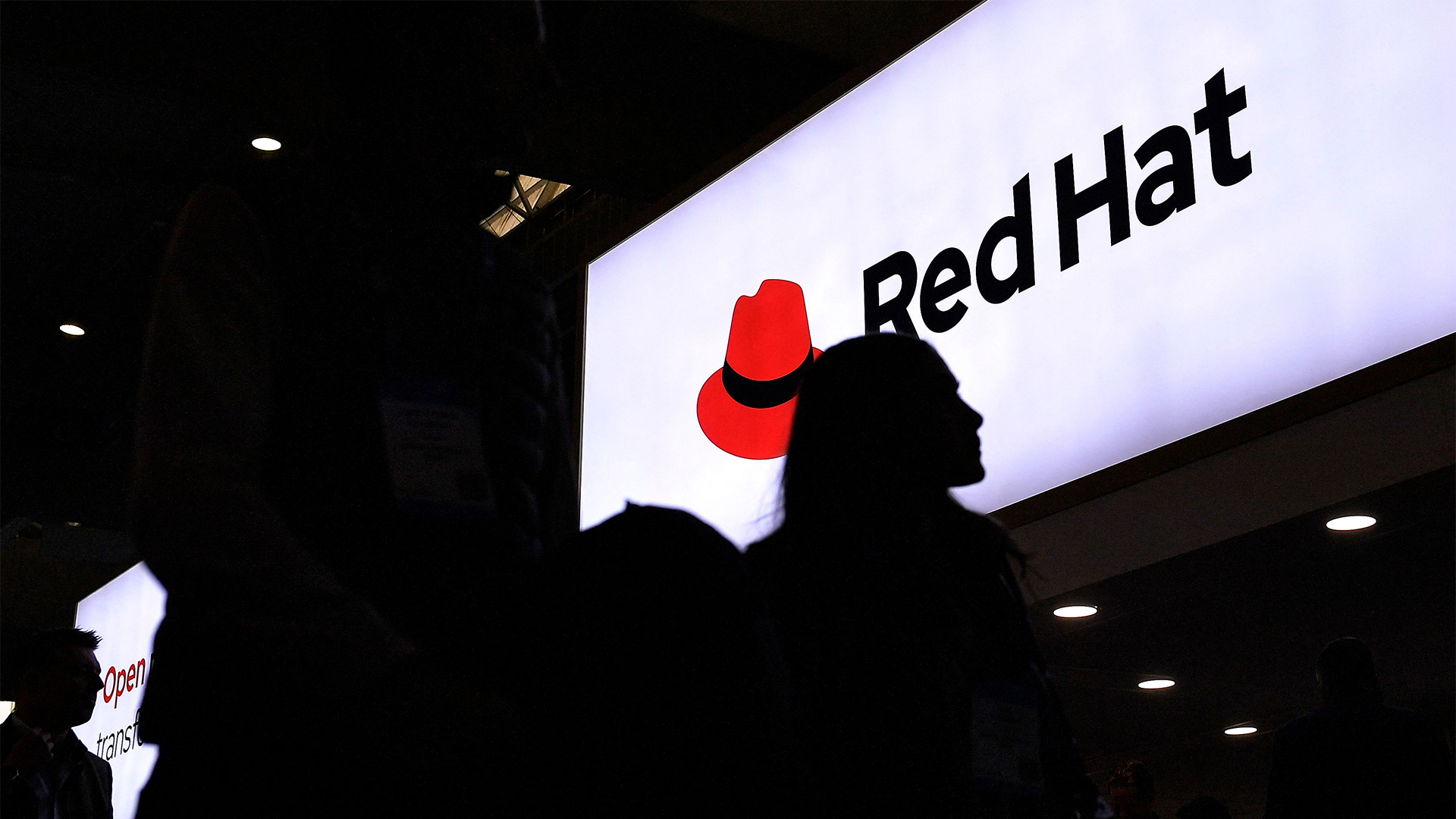Red Hat has unveiled the launch of a new generative AI assistant aimed at helping enterprises streamline OpenShift environments.
Unveiled at the firm’s annual summit in Boston, Red Hat OpenShift Lightspeed will be available for users from June 2025, the company confirmed.
The AI assistant is designed to simplify application platform deployments in hybrid cloud environments. Rapid application delivery is a common friction point for enterprises, the company said, despite the crucial role this plays in driving customer experiences.
This is due to a combination of factors, Red Hat noted, including increasingly complex IT infrastructure and growing skills gaps for enterprises across a host of industries.
Indeed, analysis from IDC found that by 2026, more than 90% of organizations will experience significant challenges as a result of IT skills gaps, resulting in $5.5 trillion in losses due to product delays and loss of business due to impaired competitiveness.
“Delivering AI-enabled applications is a top priority for organizations around the globe, but many IT teams already struggle with the complexities associated with hybrid cloud computing, let alone bringing these intelligent applications to life,” said Mike Barrett, VP of hybrid platforms at Red Hat.
Red Hat believes its Lightspeed tool will help enterprises address the issue by essentially lowering the barrier of entry for IT professionals working with OpenShift.
“Red Hat OpenShift Lightspeed helps flatten the learning curve for Red Hat OpenShift users, enabling novices to get started more quickly and more experienced users to maximize efficiencies on the industry’s leading hybrid cloud application platform powered by Kubernetes,” Barrett added.
“With Red Hat OpenShift Lightspeed, organizations can improve their productivity, freeing up time and putting a greater focus on delivering innovation to their customers.”
How Red Hat OpenShift Lightspeed works
According to Red Hat, the new AI assistant will guide users through application deployments by providing “proactive, step-by-step, tailored assistance” directly within the OpenShift web console.
Throughout the deployment process, users of all experience levels will be able to draw upon the assistant using natural language queries. This could include questions about OpenShift specifically, troubleshooting queries, and prompts to investigate cluster resources.
“Users can easily share information from their environment to the chat window, allowing OpenShift Lightspeed to answer questions using real context,” the company said.
Enterprises also have the option to choose from a range of AI model providers based on their preferences or main provider. This includes OpenAI, Azure OpenAI, and IBM’s watsonx, for example.
Private AI options hosted on Red Hat Enterprise Linux AI and OpenShift AI will also be available. The aim here is to provide users with “enhanced control and customization” based on their individual needs.
“This diverse compatibility ensures organizations can choose the AI models that best suit their specific needs and security requirements,” Red Hat said in a blog post.
MORE FROM ITPRO
Source link
